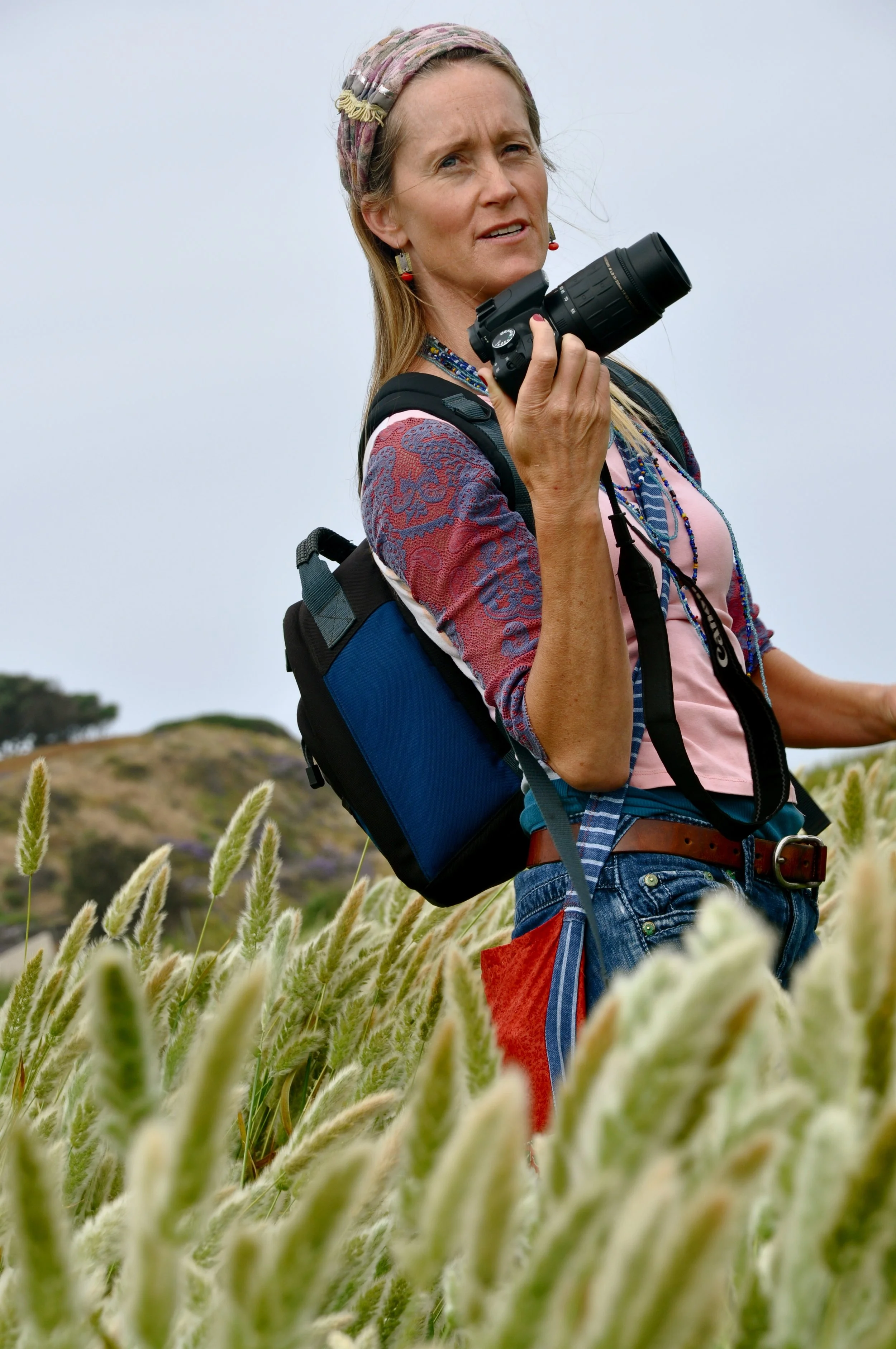Lisa Ezzard is a poet, educator, vintner, and lifelong explorer of cultural traditions and spiritual practices. She holds degrees in French and Comparative Literature from Colorado College and the University of Colorado, with international studies in Paris through Middlebury College, in Beijing through Wellesley College, and in British Columbia through the International Institute for Semiotics and Semantic Studies. Over 25 years, Lisa has taught French, literature, and writing at institutions across the U.S. and France, collaborating in California with progressive educators, Sam Crowell, Renata and Geoffrey Caine, and Stuart Grauer to reimagine learning through discovery and cultural immersion.
A passionate advocate for environmental stewardship and indigenous traditions, Lisa has led transformative expeditions to national parks and Native reservations, fostering deep connections between students and the natural world. Her spiritual path has taken her to Mexico, Ecuador, South Dakota, and Quebec, where she has participated in sacred ceremonies and now offers women’s sweat lodge gatherings at Leah Lake.
As a poet, Lisa has worked with renowned writers such as Sharon Olds, Lucile Clifton, and Galway Kinnell and has received a scholarship from Squaw Valley Community of Writers’ Poetry Program, and fellowships from Casa Don Miguel in Mexico and from Hambidge Art Center in the northeastern Appalachians. Her collection Vintage (Native Press) reflects her years as a sixth-generation vintner at Tiger Mountain Vineyards in Georgia, where she grew and crafted fine wines.
Lisa’s artistic expression extends to movement, with over 30 years of experience in West African dance and two decades of teaching yoga. She leads meditation groups, speaks at Wayfarer’s Chapel, and continues to share her wisdom through writing, teaching, and sacred ceremonies, always honoring the interconnectedness of life.
.
